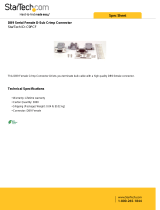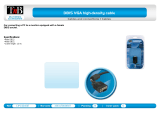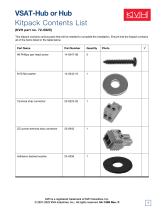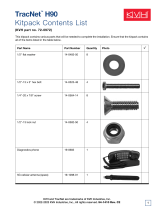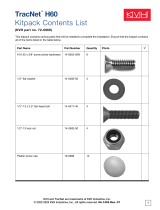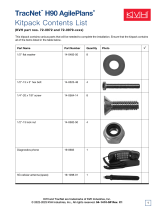Appendix F Maintenance Port Parser Commands . . . . . . . . .F-1
F.1 System Commands . . . . . . . . . . . . . . . . . . . . . . . . . . . . . . . . . . .F-1
F.2 Manual Positioning Commands . . . . . . . . . . . . . . . . . . . . . . . . .F-2
F.3 Operational Commands . . . . . . . . . . . . . . . . . . . . . . . . . . . . . . .F-3
F.4 Target and Signal Commands . . . . . . . . . . . . . . . . . . . . . . . . . .F-4
List of Figures
Figure 1-1 TracVision SA System Configuration . . . . . . . . . . . . . . . . .1-1
Figure 1-2 Primary Components of the TracVision SA . . . . . . . . . . . .1-2
Figure 2-1 Proper Orientation of the Antenna Unit . . . . . . . . . . . . . . .2-3
Figure 2-2 Forward Shipping Restraint (Arranged for Shipping) . . . . .2-3
Figure 2-3 TracVision SA Shipping Restraints (Top View) . . . . . . . . .2-3
Figure 2-4 Mounting the Unit on a Curved Surface . . . . . . . . . . . . . .2-4
Figure 2-5 Baseplate Dimensions . . . . . . . . . . . . . . . . . . . . . . . . . . .2-4
Figure 2-6a Connectors Facing Rear of Vehicle –
Factory-drilled Drain Hole Locations . . . . . . . . . . . . . . . . .2-5
Figure 2-6b Connectors Facing Front of Vehicle –
Recommended Drain Hole Locations . . . . . . . . . . . . . . . .2-5
Figure 2-7 Forward Shipping Restraint Storage . . . . . . . . . . . . . . . . .2-6
Figure 2-8 Proper Wire-to-Terminal Connection . . . . . . . . . . . . . . . . .2-6
Figure 2-9 Moving the Antenna Reflector . . . . . . . . . . . . . . . . . . . . . .2-7
Figure 2-10 Cable Port Assignments (Exterior of Baseplate) . . . . . . . .2-7
Figure 2-11 Cable Overlap within the TracVision SA Baseplate . . . . . .2-7
Figure 2-12 Proper Terminal Strip Wiring Arrangement –
Data Cable . . . . . . . . . . . . . . . . . . . . . . . . . . . . . . . . . . . .2-8
Figure 2-13 DB9 Connector . . . . . . . . . . . . . . . . . . . . . . . . . . . . . . . .2-8
Figure 2-14 EchoStar Adapter Installation . . . . . . . . . . . . . . . . . . . . . .2-9
Figure 2-15 Proper Wire-to-Terminal Connection . . . . . . . . . . . . . . . .2-10
Figure 2-16 Proper Terminal Strip Wiring Arrangement –
Power Cable . . . . . . . . . . . . . . . . . . . . . . . . . . . . . . . . .2-10
Figure 2-17 Wiring TracVision SA to Vehicle Power . . . . . . . . . . . . . .2-11
Figure 2-18 Connecting the RF Cable to TracVision SA . . . . . . . . . . .2-11
iii
54-0149 Rev. B




















